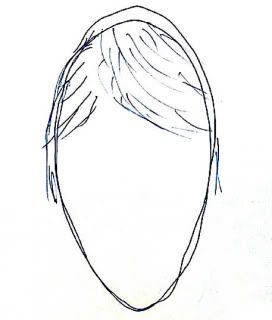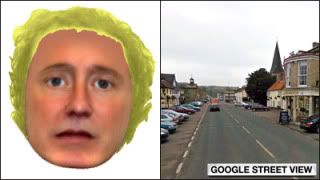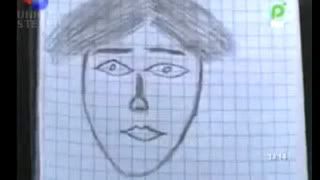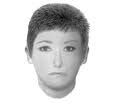Betrayed by his DNA and arrested on Tuesday, (23/07/2013) a 37 year-old man is suspected of having killed Sarah and Saida in 1991 and 1996 in Voreppe (Isère). Aged 15 at the time, he was close to the families of both young girls.
So many years of doubt and distress have gone by. And on Tuesday, more than twenty years later, the development that nobody expected: the man who is thought to have killed the children, Sarah Syad aged 6 and Saïda Berch aged 10, who were both abducted in Voreppe, has been arrested. The suspect, first name Georges, now aged 37, was still living in Voreppe, a stone's throw from the families of the two girls. This man remained close to the brothers of the two young victims whom he would see every day.
Now in his thirties and just under 16 at the time, he was interviewed as a witness, but there was nothing to implicate him. He was finally unmasked my new developments in DNA analysis and samples which had miraculously been preserved intact. His sperm and traces of DNA allowed him to be formally identified.
A magazine and soiled tissues.
Since March 2008, a group of Grenoble police officers have been investigating ten cases of missing and murdered children in Isère. The investigation was close to being archived on many occasions, but the police officers continued to methodically retrieve lost or mislaid evidence. And their perseverance paid off.
On April 15th 1991, little Sarah Syad was playing at the bottom of town in Bourg-Vieux in Voreppe. She was last seen in the early evening of that day. The child's strangled body was found the next day in woods a few hundred metres from her home. In the area surrounding the scene of the crime, investigators found a pack of tissues bearing a fingerprint and traces of sperm on the paper tissues. The post-mortem revealed that the child had been sexually abused. Another case was then on everyone's mind, that of little Rachid Bouzian, aged 8, who had been abducted from outside her apartment building in Echirolles near Grenoble. Her killer, Karim Katefi, has since been sentenced to life in prison.
On November 24th 1996, once again in Voreppe, Saïda Berch aged 10, disappeared in the Béraugodière quarter. This very clever schoolgirl had just left her parents' home to go to the gym. Her body was found in an irrigation ditch forty-eight hours later. She had also been strangled but had not been sexually abused. At the scene of the crime, investigators found a soiled pornographic magazine.
Nearly twenty years later, analysis of the DNA traces has implicated a neighbour and friend of the victims' brothers. New molecular analysis of traces recovered at the time has confirmed that Sarah and Saïda were definitely abducted and killed by the same man. A suspicion became a certainty for the police and the presiding judge Catherine Léger. The genetic profile was entered into the police files and Georges' name came out.
Georges had been implicated in a case of car theft and put on file and he was already among the small group of witnesses in the case of Saïda Berch: he had been seen with his mountain bike not far from the location of the child's disappearance.













